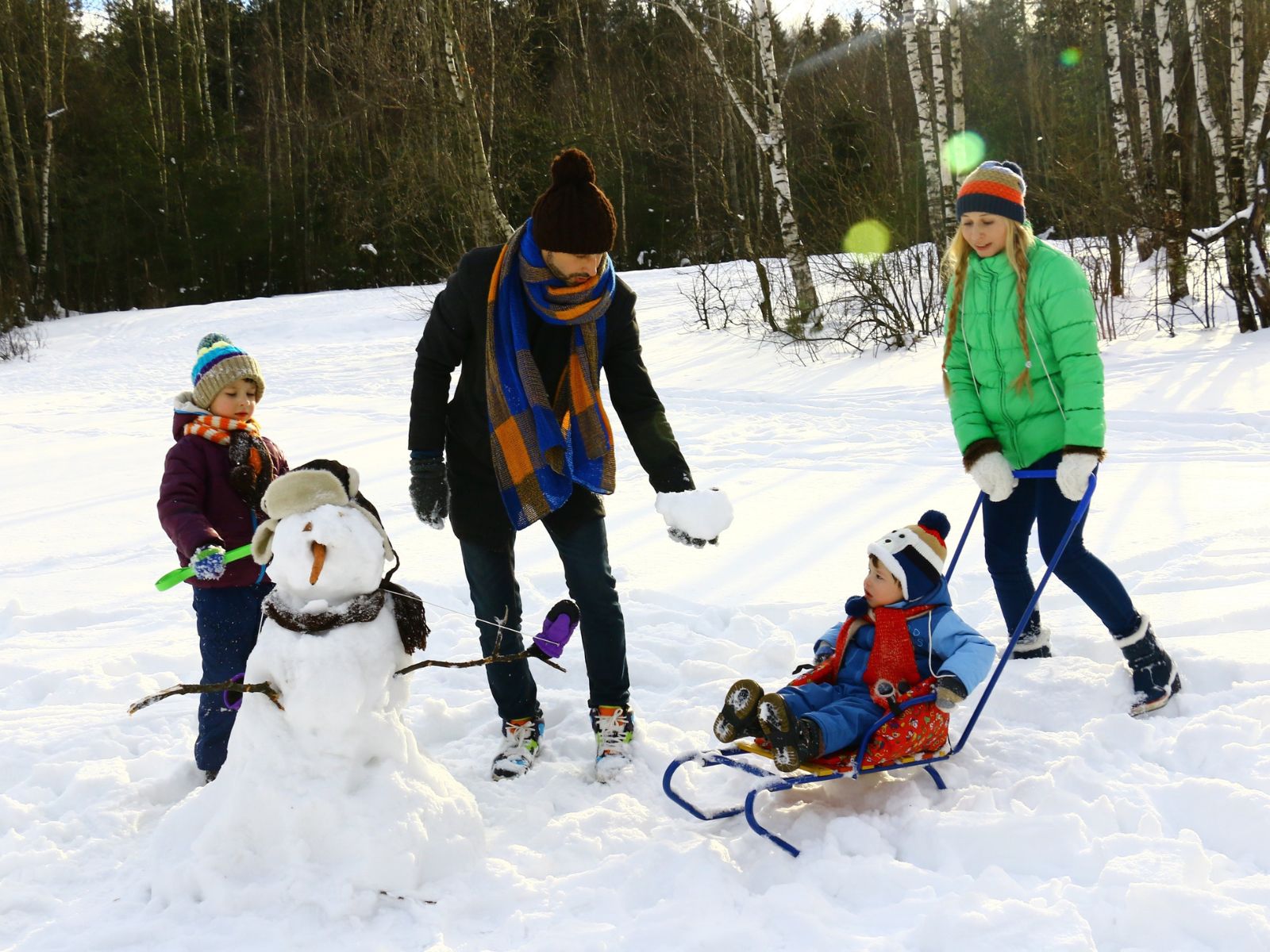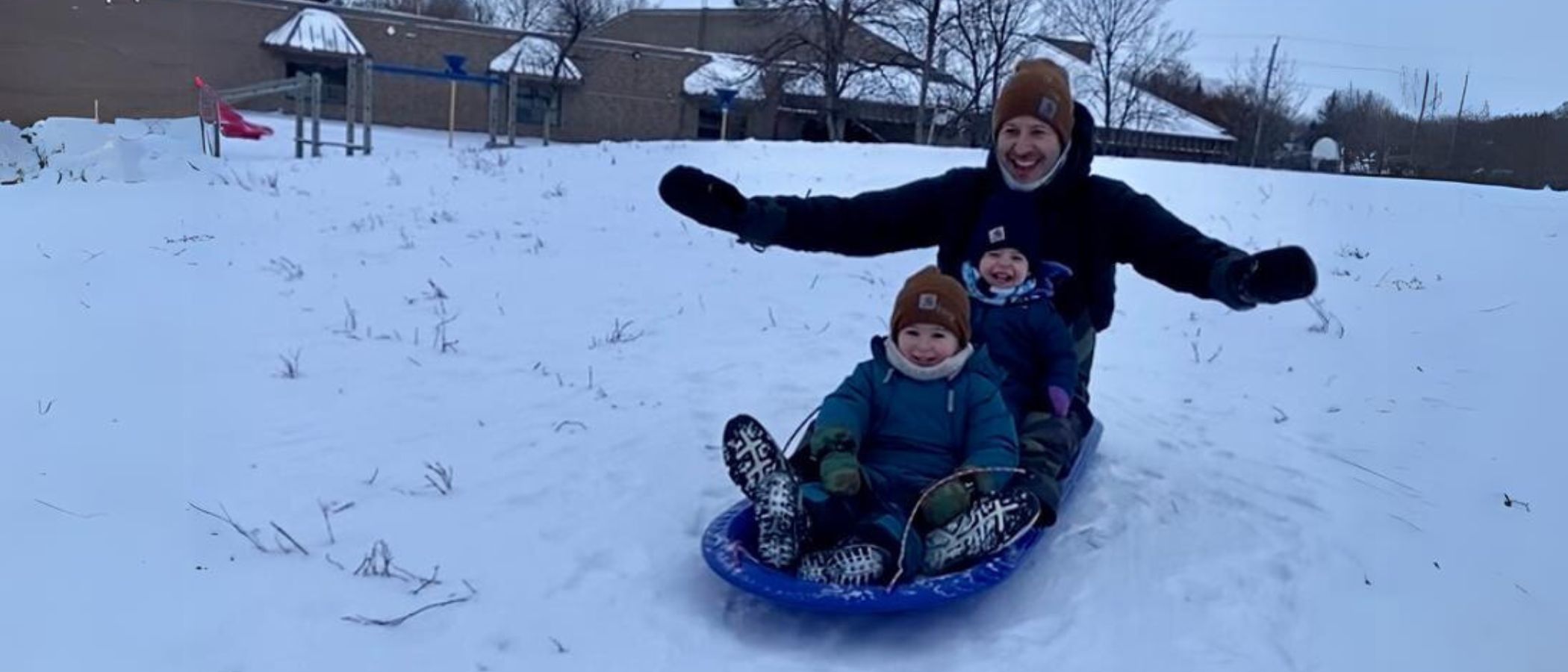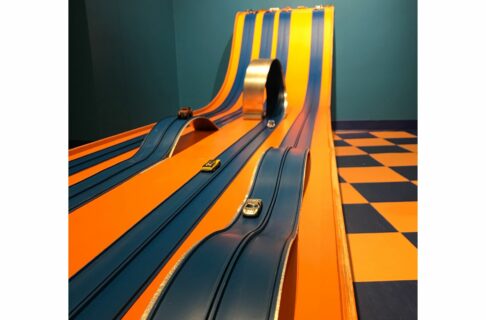By Mike Jensen, Planetarium/Science Gallery Programs Supervisor
When thinking of activities to do on a bright Winter’s day, science doesn’t usually come to mind. Surprisingly, science is at work with almost every fun pastime you can conduct out in the snow. You just need to know what to look for!
Of course, the first thing you think about as you zoom down a snow-covered hill on your favorite toboggan is physics, right? Well, it should be, because the laws of physics are actually in the driver’s seat when you are careening down a slope with no brakes. Next time you hit the slopes, conduct some experiments.
- Do you go faster with more or less weight?
- Does the shape or type of material of your toboggan affect how fast you go?
- Does a steeper or gentler slope make a difference to your speed?

Once you are done experimenting with your sled, shore up your engineering skills by building a snowman. Surprisingly, it’s not as simple as you think. Here are some science and engineering factors to consider when making Frosty in your front yard.
- Moisture content. Snow can be too wet or too dry, so having the right amount of water to ice crystals can make or break your construction. Water is the glue that sticks the ice crystals together.
- Pack it down. This actually melts some of the snow, which then re-freezes and helps to bind the snow together.
- Watch your center of mass. There’s a reason the largest snowballs go on the bottom. Don’t go making Frosty top-heavy, otherwise you risk catastrophic failure.
After you’ve had your fill, come put your new-found science and engineering skills to the test at the Manitoba Museum’s Science Gallery. Design and build your newest creation at the LEGO brickyard, or see if you can be the first to cross the finish line at the Engineered for Speed Race Track!






